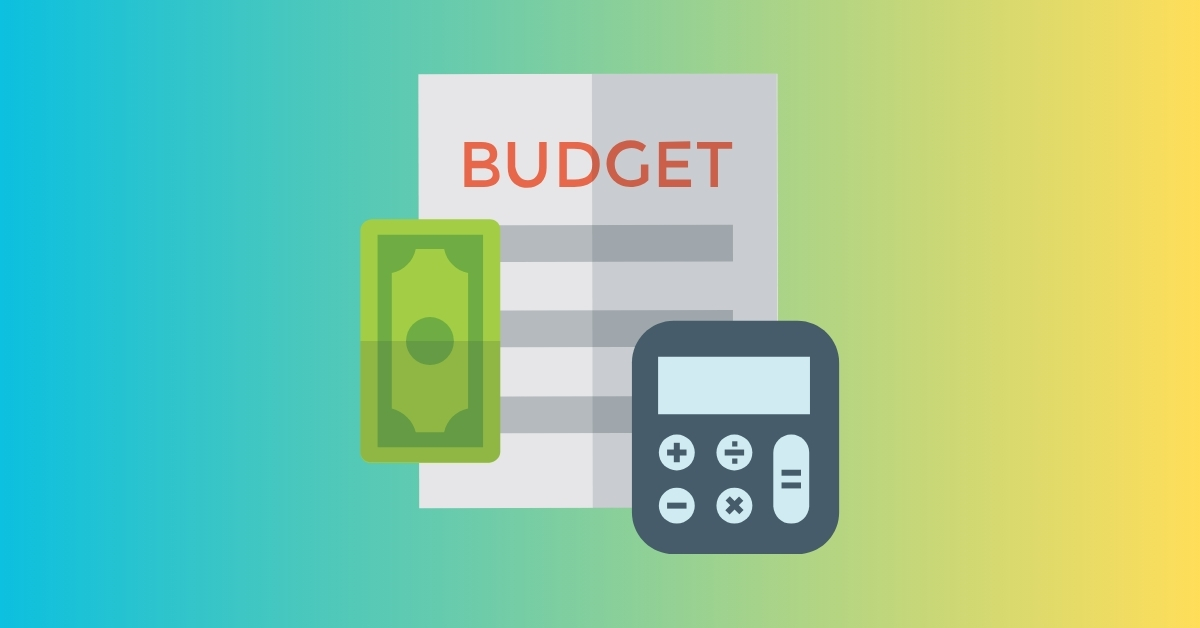Introduction
Building a strong financial strategy is crucial for any business, especially in times of uncertainty. A resilient financial strategy helps companies to weather economic downturns, adapt to market changes, and maintain operations during challenging times. By focusing on long-term sustainability, managing risks, and staying agile, businesses can ensure they are prepared for both opportunities and setbacks. Here’s how to build a financial strategy that fosters business resilience.
1. Establish Clear Financial Goals
A resilient financial strategy starts with clearly defined financial goals. These goals should align with your business’s long-term vision, whether that’s increasing revenue, expanding market share, or improving profitability. Setting specific, measurable, achievable, relevant, and time-bound (SMART) goals provides a clear direction and helps you track progress over time. Make sure your goals also include a focus on cash flow management and debt reduction to enhance financial stability.
2. Create a Flexible Budget
Budgeting is essential for financial resilience, but flexibility is key. A rigid budget can hinder your ability to adapt during periods of economic uncertainty. Instead, create a flexible budget that allows room for adjustments based on changing circumstances. Regularly review and update your budget to reflect current revenue, expenses, and market conditions. By doing so, you ensure that your business is prepared to respond to unforeseen challenges or opportunities while maintaining control over spending.
3. Diversify Revenue Streams
Relying on a single revenue stream can leave your business vulnerable to disruptions. To build financial resilience, consider diversifying your revenue streams. This could involve exploring new markets, launching new products or services, or leveraging online platforms to reach different customer segments. By spreading your income sources, you reduce the risk of significant revenue loss if external factors impact one area of your business.
4. Build an Emergency Fund
An emergency fund acts as a financial safety net in times of crisis. Set aside a portion of your profits for unexpected expenses or downturns in business. Your emergency fund should cover three to six months of operating expenses. This reserve allows you to continue operations without relying on loans or credit during difficult times, providing peace of mind and financial stability.
5. Monitor Key Financial Metrics
Regularly tracking key financial metrics, such as cash flow, profit margins, and debt-to-equity ratio, is essential for maintaining financial resilience. These metrics offer insights into your business’s financial health and help you identify potential problems early. Monitoring these numbers ensures you can make data-driven decisions and quickly address any financial challenges that arise.
Conclusion
Building a financial strategy for business resilience requires a combination of clear goals, flexibility, diversification, and preparedness. By focusing on long-term sustainability, managing risks, and staying agile, you can create a financial foundation that helps your business thrive, even in uncertain times. A strong financial strategy not only secures your business’s future but also allows you to seize opportunities when they arise.
#FinancialStrategy #BusinessResilience #CashFlowManagement #Diversification #Budgeting #EmergencyFund #FinancialGoals #RiskManagement #BusinessSustainability #FinancialHealth



